Ultrasonic Technology in the automotive industry refers to the use of ultrasonic waves or vibrations for various applications aimed at enhancing safety, convenience, and efficiency in vehicles. ultrasonic technology in the automotive industry contributes to improving driver safety, enhancing parking and maneuvering capabilities, and creating a more comfortable driving experience.
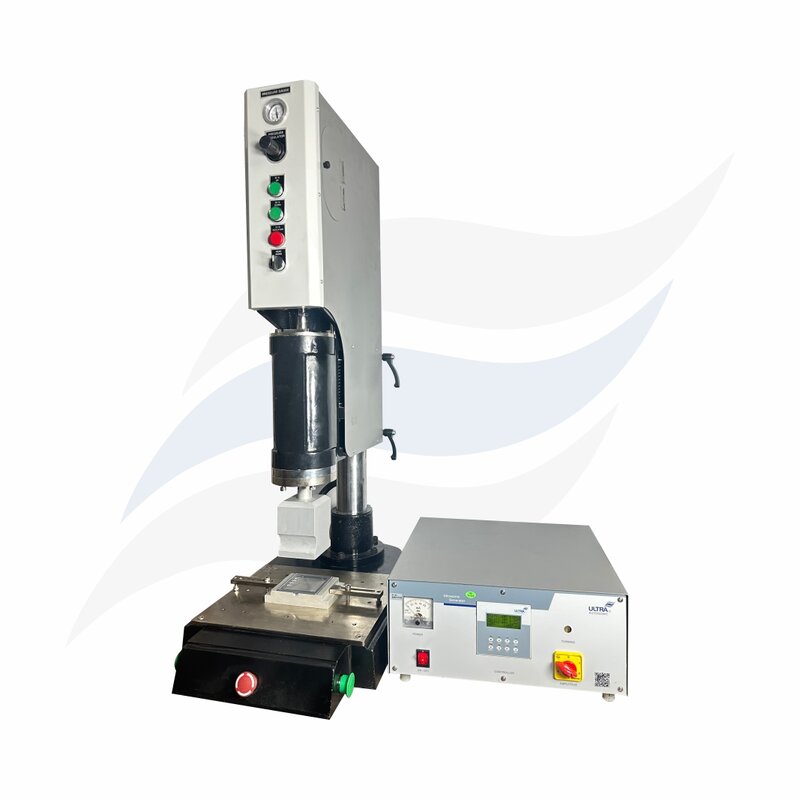
Ultrasonic welding is commonly used for joining various interior components, such as door panels, dashboard parts, instrument clusters, center consoles, and interior trim components. It ensures strong, reliable bonds between different plastic parts, providing structural integrity and enhancing the overall aesthetics of the vehicle interior.
Automotive lighting systems, including headlights, taillights, and signal lights, often require precise assembly and sealing to ensure their functionality and weather resistance. Ultrasonic welding is used to bond plastic lenses, housings, and reflectors, providing a secure and watertight seal while maintaining optical clarity.
Ultrasonic welding is employed in the assembly of air intake systems, including air filters, intake manifolds, and resonators. It allows for the joining of plastic components with complex shapes and intricate designs, ensuring airtight connections and maintaining proper airflow within the system.
In automotive applications where fluids, such as fuel, coolant, or hydraulic fluids, are transported or stored, ultrasonic welding is used for joining plastic components like fuel tanks, reservoirs, pipes, and connectors. The process ensures leak-free connections and enhances the overall durability of the fluid handling system.
With the rise of electric vehicles (EVs) and hybrid vehicles, ultrasonic welding plays a crucial role in the assembly of battery modules. It enables the secure bonding of plastic battery cell holders, module enclosures, and electrical connectors, ensuring the structural integrity and electrical conductivity required for safe and efficient battery operation.
Ultrasonic welding is utilized in the assembly of various under-the-hood components, including engine covers, intake manifold runners, cooling system components, and sensor housings. The process enables the joining of heat-resistant plastics, ensuring robust connections in high-temperature environments.

Ultrasonic fabric sealing is commonly used in the production of seat covers for automobiles. It allows for the precise and efficient bonding of fabric layers without the need for additional adhesives or stitching. The ultrasonic energy melts the synthetic fibers, creating a strong and durable bond.
Airbags are critical safety components in vehicles. Ultrasonic fabric sealing is employed to seal the edges of airbag fabrics, ensuring their integrity and preventing air leakage. This sealing process enhances the overall performance and reliability of airbag systems.
Automotive interior trims, such as door panels, headliners, and carpeting, often require fabric sealing. Ultrasonic technology enables the joining of fabric layers, preventing fraying and improving the aesthetic appearance of the vehicle's interior.
Convertible cars feature soft tops that need to be securely sealed to the vehicle's frame. Ultrasonic fabric sealing allows for the precise and strong bonding of the fabric material, ensuring proper sealing and weather resistance.
Automotive manufacturers use ultrasonic fabric sealing to create sound insulation panels. These panels help reduce noise transmission from the engine, road, and external environment into the cabin. Ultrasonic sealing ensures that the sound insulation materials are securely attached, providing an effective acoustic barrier.
Ultrasonic fabric sealing finds applications in sealing fabric components used in engine compartments, such as insulation covers, heat shields, and air ducts. It helps in creating a reliable and durable seal, preventing heat and noise from escaping and improving overall engine performance.
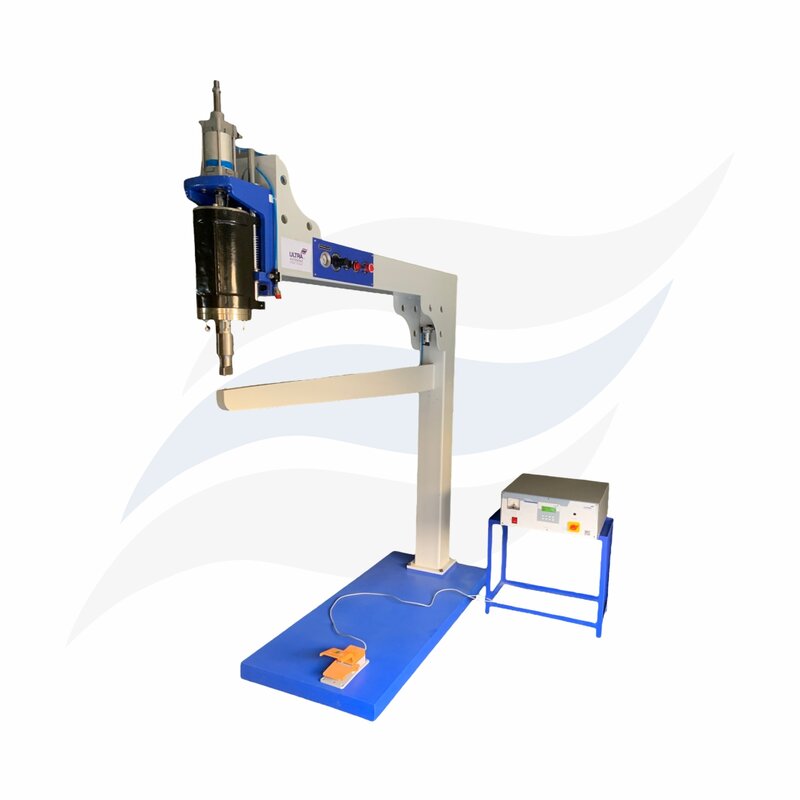
Ultrasonic welding is commonly used to assemble interior components in vehicles. PP box welding can be employed to join various parts such as instrument panels, door panels, center consoles, glove boxes, and seat components. It provides strong, durable bonds and ensures proper alignment of the components.
Automotive air ducts and ventilation systems are often made of polypropylene due to its lightweight and heat-resistant properties. Ultrasonic welding is an effective method for joining these components, providing airtight seals and maintaining structural integrity.
With the increasing demand for electric vehicles (EVs) and hybrid vehicles, ultrasonic welding plays a crucial role in assembling battery components. PP box welding can be used to join battery modules, housings, and covers, ensuring the integrity and safety of the battery pack.
Automotive exterior trim components, such as bumper covers, fender liners, and side skirts, can be manufactured using polypropylene. Ultrasonic welding allows for precise and rapid joining of these parts, resulting in strong bonds that can withstand various environmental conditions.
Fluid reservoirs in automotive systems, such as coolant reservoirs, washer fluid tanks, and fuel tanks, often utilize polypropylene materials. Ultrasonic welding is well-suited for sealing and joining these containers, providing leak-free and durable connections.
Ultrasonic PP box welding is also employed in the assembly of automotive lighting systems. This includes joining lenses, housings, reflectors, and other components in headlights, taillights, and signal lights. The process ensures tight seals and alignment accuracy, maintaining the performance and aesthetics of the lighting system.
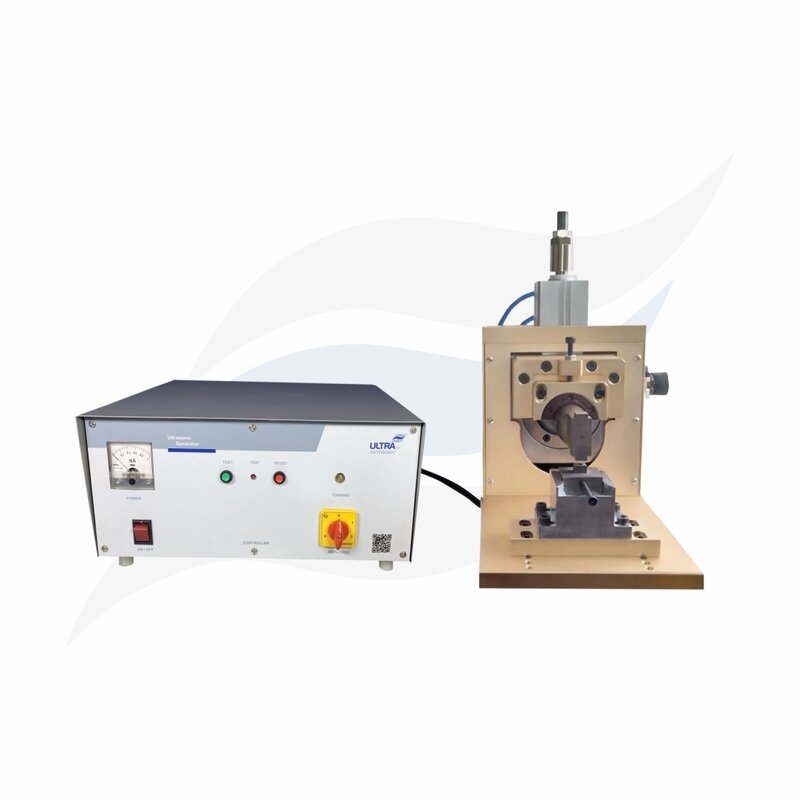
In electric and hybrid vehicles, ultrasonic metal welding is commonly used to assemble battery packs. It ensures reliable connections between battery cells, terminals, and busbars. The process helps maintain the integrity of the battery pack, ensuring efficient electrical conductivity and mechanical strength.
Ultrasonic welding is used to join various electrical components in vehicles, such as wires, connectors, and terminals. This process ensures strong, low-resistance electrical connections, reducing the risk of failure due to vibration and temperature fluctuations.
Automotive sensors and actuators, including those used in airbags, fuel injection systems, and engine management, often rely on ultrasonic metal welding to securely bond sensitive components and ensure their proper functionality.
Ultrasonic metal welding is utilized in assembling headlight components, such as reflective surfaces, bulbs, and housing, ensuring precise alignment and reliable connections.
Joining components of automotive air conditioning systems is another common application of ultrasonic metal welding. This includes assembling compressor parts and various refrigerant system components.
Ultrasonic welding is employed in the fabrication of fuel system components, such as fuel rails, injector bodies, and fuel tank parts, ensuring leak-free and durable connections.
The automotive industry uses ultrasonic metal welding to assemble steering and suspension components, such as tie rods, ball joints, and control arms, providing strong, lightweight, and cost-effective connections.
Ultrasonic welding is utilized to join plastic and metal trim components in vehicle interiors and exteriors, such as dashboard panels, door panels, and side mirrors.
Joining exhaust system components, including pipes, flanges, and mufflers, can be achieved through ultrasonic metal welding, offering strong, gas-tight connections.
Ultrasonic welding is also employed in the assembly of safety-related components, such as seat belt components, airbag components, and crash sensors, ensuring that they function as designed during emergencies.
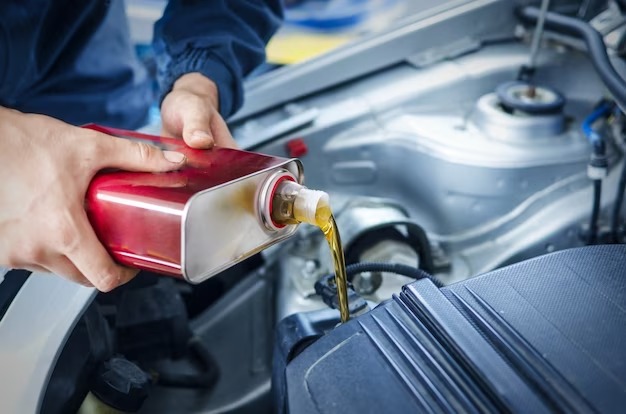
Fluid Reservoirs
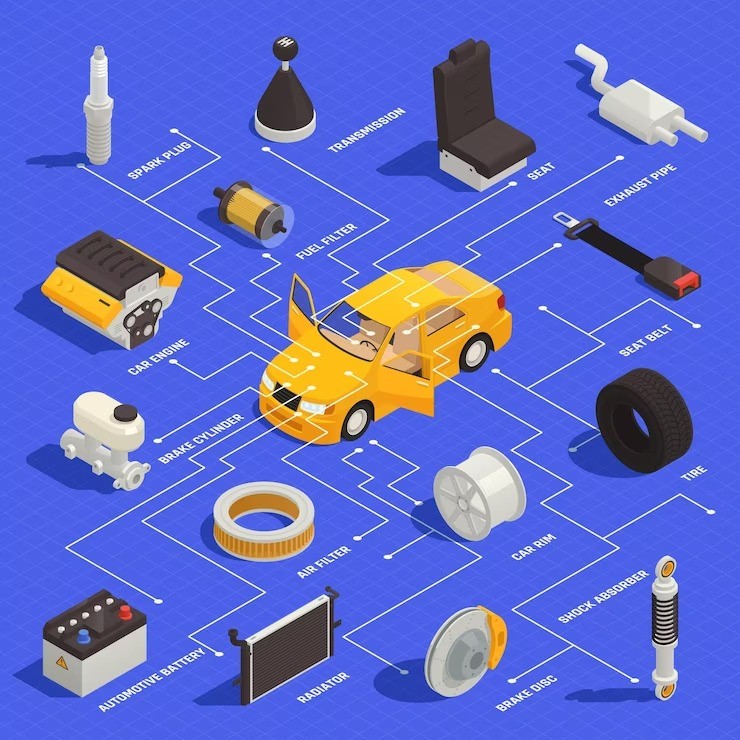
Interior Components
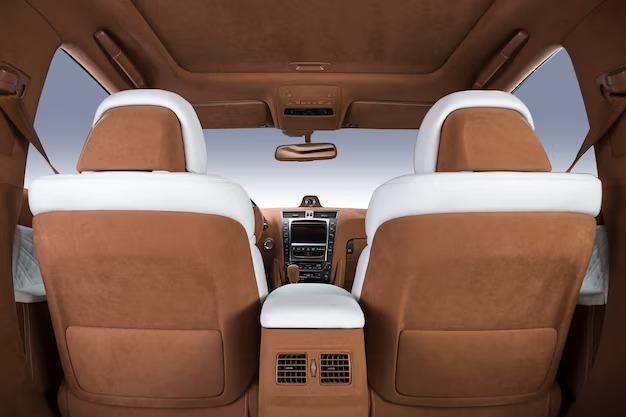
Seat Cover
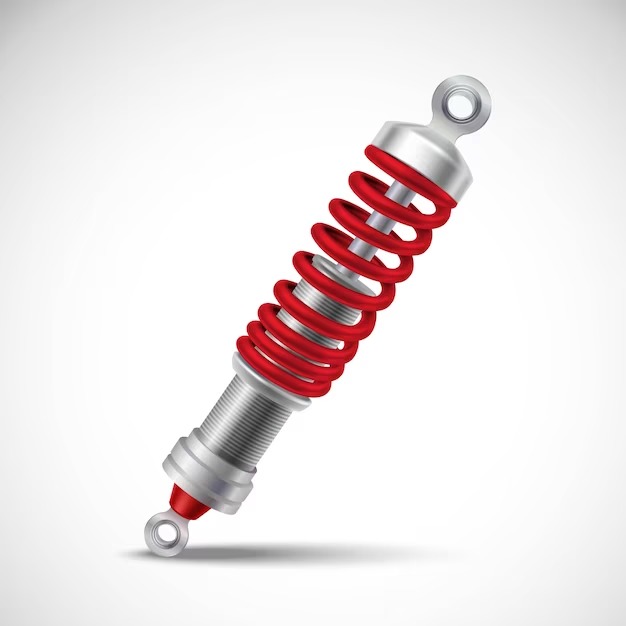
Steering and Suspension Components